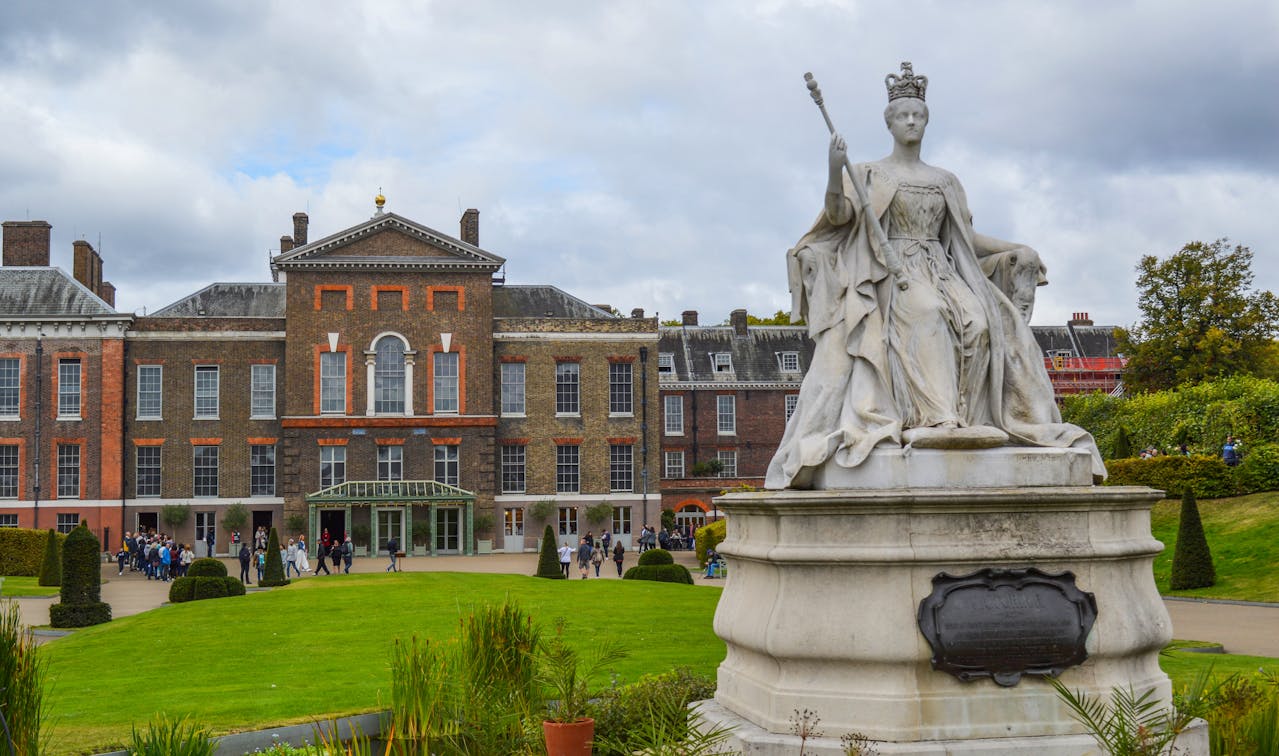Their aim is to affirm their position in society by providing positive representations of their actions and values. The House of Windsor is perhaps the most visible royal family on the planet. Their family history is closely intertwined in the history of not just Britain, but of the colonial Empire Britain founded. The hereditary nature of royalty sets it apart from most other political positions, and thus focus becomes not just on the work done by royals, but on their family life too. This is perhaps why many members of the public want to know what is going on behind the palace walls.
To maintain their legitimacy, royalty must engage with the public. Public appearances are a centre pillar of this relationship. We often hear about “working royals” in relation to the British royal family, even if this work is relatively brief and light in comparison to most people’s jobs. Public appearances allow for a feeling of closeness to royalty, and their positions as patrons of various institutions similarly enforce this.
We are invited too, albeit via the media, to participate in family rituals. Royal births, deaths and marriages occur within the public gaze. Kate and William’s wedding was shown around the world, although Meghan Markle would later claim her actual wedding took place a couple of days before the official event at St George’s Chapel, Windsor Castle. The Queen’s lying-in-state and funeral were similarly public events, held in much the same way as the political event of King Charles’ coronation.
Throughout all this, is an expectation of that the royals present themselves authentically.
There is a tension between the public desire to ‘know’ the real lives of the royals, and the carefully curated public image. This is where the photoshopped Princess Kate photo has run afoul.
Princess Kate’s convalescence has been conducted out of the public eye. For one of the most visible women on the planet to be absent had already led to speculation among those interested in royalty. Conspiracy theories ran from growing out a bad haircut to a secret pregnancy, to Kate quitting the royal family, William having an affair, and even a cover-up over her untimely death.
The release of a seemingly innocuous family image on the English Mother’s Day was aimed at assuaging the public by making Kate visible again.
Instead, the photograph itself became the focus of controversy when several leading news agencies issued ‘Kill Orders’ over its use, based on the grounds that it had been manipulated.
Rather than allaying public speculation, it only intensified it.
My recent research examines how imagery of past English and British monarchs have been used in memes, finding that despite the carefully curated images, they are used humorously by others to critique, satirise and parody royalty.
The alleged photoshopping, which Kensington Palace claimed was done by Princess Catherine herself, has provided rich ground for memers to engage in social commentary around not only the event, continues the tradition of using memes to critique royalty.
UNE Pop Culture Network's Jo Coghlan, Lisa J. Hackett, and Huw Nolan edited Vol. 27 No. 1 (2024) of the M/C Journal - "royals"
Read the Editorial here.


